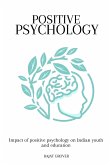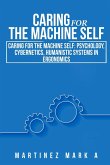The standard story of action, also known as 'the causal theory', or 'causalism', is familiar to readers of contemporary philosophy of action. Established in the decades following the publication of Davidson's seminal essays, the standard theory promotes a concept of action as constituted by a bodily event, joined to certain mental conditions by a bond of causation. Because the standard or causal theory's definition of action is in terms of the components of action, the theory is properly understood as adopting a reductive approach. The causal theory is 'reductive', that is, in its presumption that analysis of behavioral events can and should begin at the level of the constituent elements of those events. The causal theory holds another important feature of interest, one that is perhaps related to its reductive approach. Philosophers have observed that causalists conceive of the primary causal relation as being placed 'between events or states of affairs or facts of which [the agent] is a constituent' (Broadie 2013: 574, italics mine).1 Because the causal theory's attitude towards the agent is that she too is a constituent of the causal relata productive of action (i.e., the events of an agent S's intending to A and S's A-ing, where A is a set of movements belonging to an agent S), the agent herself is conceptually divided into constituent parts of distinct types: she is 'split', for purposes of the causal analysis, as a constituent of events or facts of a mental type, and constituent of events or facts of a physical type. Thus the causal theory can also be described as 'post-Cartesian' in its treatment of mental and physical phenomena.2 The latter 'post-Cartesian' idea and its related reductive approach together constitute two assumptions that are central to the causal theory of action
Bitte wählen Sie Ihr Anliegen aus.
Rechnungen
Retourenschein anfordern
Bestellstatus
Storno









